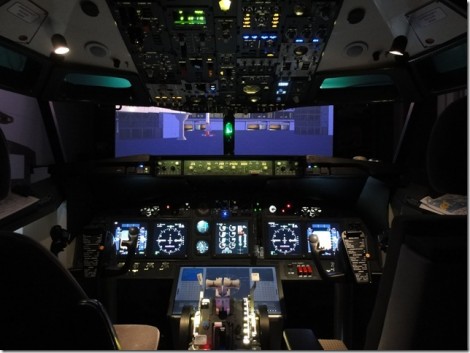How long does it take a team of rocket scientists to remove two screws? When the screws they’re working on are keeping a priceless sample of asteroid safe, it’s about three months. That’s how long NASA has been working on the OSIRIS-REx sample return canister, which came back to Earth from asteroid Bennu back in September. The container was crammed full of asteroid bits, thanks in part to an overly energetic impact between the sample-collecting boom and Bennu. There was so much stuff that planetary scientists were able to recover about 70 grams of material that was covering the outside of the sealed container; this must have been a boon to the engineers, who got to figure out how to open the jammed cover of the container without anyone breathing down their necks for samples to study. The problem was a pair of stuck fasteners out of the 35 holding the lid on the container; the solution was far more complicated than a spritz of WD-40 and a little bit of heating with an oxy-acetylene torch. Engineers had to design two “clamp-like tools” and test them on a mock-up to make sure they wouldn’t contaminate the sample. We’d love to know more about these tools; trust us, we’ll be looking into this closely. If we find anything, a full article will be forthcoming.
7373 Articles
A Flight Simulator Made Out Of A Real 737 Cockpit

[Trent] sent in an awesome story about a single man who bought the nose of a 737, put it in his garage, and built a flight simulator inside the cockpit. His name is [James Price], and right now the only thing we’re wondering is when we can have a visit.
The cockpit came from an aircraft boneyard in Oklahoma. After [James] plunked down $1500 for the shell of a cockpit, he moved his new toy to a Livermore, California aircraft hangar and eventually into his garage. While the plane is meant to be a simulator, [James] is a tinkerer at heart: he says the best part of building his 737 is building the systems, programming the computers, and making everything work together. We’ve got to admire that.
Of course this isn’t the first cockpit-in-a-garage build we’ve seen. Years ago we featured an Avro Lancaster, and just a few months ago we saw a strikingly similar replica 737 flight deck (it’s made out of wood, and not a real 737). [James]’ build is one of the very few home-built simulators made out of a real airplane. Someone get this guy an F15 cockpit stat.
737 Cockpit Will Satisfy Even The Most Discriminating Simulator Afficiandos

This isn’t an airplane, it’s a simulator. But you won’t find it at a flight school as this labor of love is a home build of a 737 cockpit (translated) that has been going on for more than two years.
It started off as a couple of automotive bucket seats in a room with two computer monitors to display the view out the windscreen. From there each piece has been meticulously added for a wonderful overall reproduction. The range of skills needed to pull this off is impressive. The seats have been rebuilt with padding and upholstery true to the Boeing factory options. The support structure that forms the domed front of the aircraft was built from wood with a metal bracket system to hold the overhead control panels in the right position. The only thing missing here is the rest of the plane. Take a look at the simulated landing run in the video after the break to see what this thing can do.
Looking for something that will take you for a bit more of a ride? Here’s a collection of motion simulators that might satisfy your craving.
Continue reading “737 Cockpit Will Satisfy Even The Most Discriminating Simulator Afficiandos”












